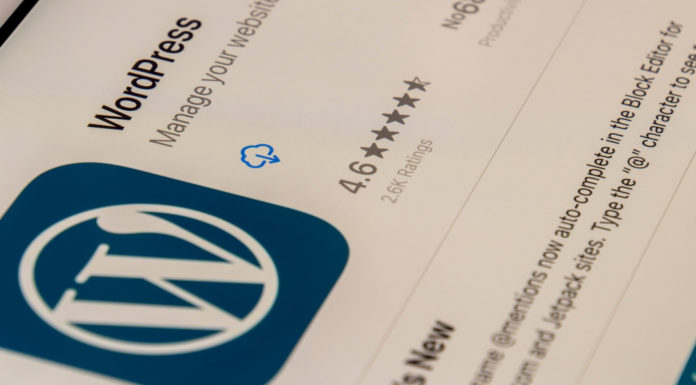It is safe to say that every organization out there wants to run their offices as efficiently as possible, having the best company culture. The goal is to offer the best services and products at the lowest cost and not confuse quality with quantity. When searching for ways to improve your business, the best place to start is from within.
When appropriately executed, your organization’s improvements can be beneficial for encouraging employee progress and driving performance. Learning how to be engaging, utilizing training methods, understanding the metrics, and focusing on the business, are simple ways to improve your company dynamics.
Organizational improvements are an ongoing process, and each company has its aspects they deal with. Changes in strategy and missions are difficult to map out, but you need to continually monitor how well your companies meet your goals and need to be prepared to change plans if needed. Improvements in regards to personnel consist of training, hiring, turnover, and other changes that will be beneficial.
Organizational structure concerns the teams, departments, responsibility of individuals, objectives, and roles. Systems are continually evolving, and while some are relatively minor, some such as mergers can be intense. Improvements and changes to the knowledge of an organization are essential for progress, process, and initiative.
While individual teams can have subcultures of their own, a company’s culture is always informed by the broader view of the company’s mission, value, and goals. Company culture is not a one size fits all solution, but there are some useful and actionable steps that you can implement to enhance your company culture.
1. Engage your people.
One of the most written and talked about issues today in business is employee engagement. There are a few critical actions that you, as a business owner, can take to increase engagement and make your employees feel passionate about what they do to deliver their best performance.
According to Cool Things Chicago, building a strong understanding of your business strategy and future throughout your employees is essential. They should be up-to-date on why customers buy from the company, who the key competitors are, and who their customers believe. Then a plan about how everyone can contribute to the business’ unique differentiation.
Building trust is also essential as employees need to know that their executives and managers care about them as people while also being committed to their success. Make sure every employee has an adequate level of autonomy in their preferred skills. The focus should be on each department and improving its procedures while targeting its activities on achieving its competitive differentiation based on what employees do and how they do it.
2. Use training and development strategically.
Many companies and businesses still have a workforce that employs traditional methods. And as more job opportunities become available to people, low engagement levels can lead to higher turnover. The company should have training in place that enables people to perform necessary work as employees retire or leave. An organization should also strive to have appropriate training effort that prepares them with skills for the future.
And one of the first things to put in place is to develop a workforce plan that makes sure that hiring is done in time to develop people. Ensuring that training applies to the employees’ current duties and helps them be future-focused is vital. To build career paths for your employees to progress to roles that they will need in the future, you have to know what their goals and intentions are to support them in figuring out the path within your company.
3. Focusing on your business strategy.
There are three types of competitive differentiation strategies in business, and you can’t please every market. The idea is to do a good job, and all but you choose a single field in which your business excels. Customer intimacy is essential to meet each customer’s individual needs, provide customization and outstanding customer experiences, and build strong and lasting customer relationships.
According to Digital Authority, operational efficiency is also crucial as it provides a set of products and services designed to be cost-effective for its customers. It is more about delivering value to them that saves them money rather than competing on price. Aim to make sure your products make customer interactions more efficient and improve quality and reduce downtime.
A company should be on the cutting edge and provide innovative products and services based on the newest technologies and practices. This requires having a robust research function, services that effectively meet the customer’s needs, and frequent introduction of new and improved products and services.
4. Identifying and removing internal roadblocks.
An organization should be aware of how well aligned your company’s policy, structure, and procedures are with your competitive differentiation strategy. You should keep an eye out to see if people need to work around work procedures and policies to get things done, and if they can get the right things done quickly. Taking note of whether conflicts and frustrations are routine and how homogenous the relationships are between functions like manufacturing and sales is also essential.
5. Aligning your metrics.
Your metrics can help each department of your company meet its goals by providing great value as they serve as a guide to decision making and prioritizing work. Competitive differentiation regarding non-financial metrics can help keep everyone aligned in a similar strategic direction. Your employees will be able to understand how they each make a difference in the company’s performance when they are aware of how metrics are chosen and measured, and tailored to each department.
The task of improving a company‘s efficiency from within can be a daunting one but not something that should be intimidating because of its enormity. This should be considered a chance to make your company one that anyone would want to work for and make more successful and efficient. Genuinely excellent company culture is a work in progress and evolves in tandem with your people and business, which is why organizations should take up the challenge to decide where to steer their evolution and which steps to take first.




































